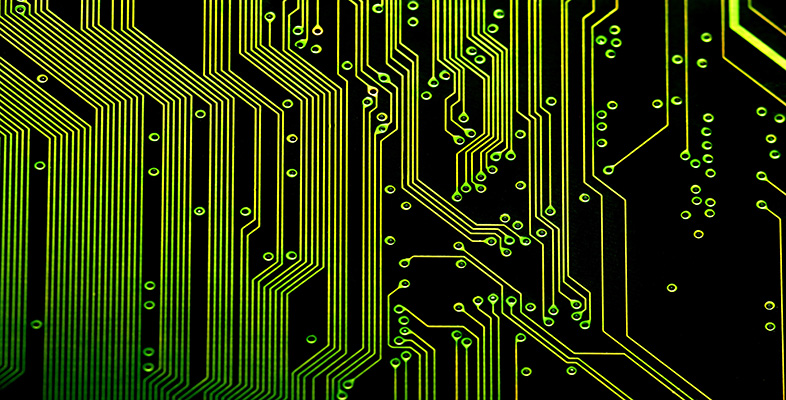1.1 Automation
Activity 2 Automation, abstraction and modelling
After you’ve watched the following extract of Wing’s talk, complete this activity.
Transcript: Automation, abstraction and modelling
Computing! Let's first talk about computing. Computing is what I like to call the automation of abstraction. This is quite abstract and I will try and explain what I mean by this but I like to think about computing with these two ‘A’s: automation and abstraction. It really is this feedback loop that one has when you are abstracting from some physical-world phenomenon creating a mathematical model of the physical-world phenomenon and then analysing the abstraction doing some manipulations of the abstraction and in fact automating the abstraction, which then tells us more about the physical-world phenomenon that we are actually modelling. When I talk about automation and this is the whole of the talk that I am going to give so I am just going to give this as a side note. When I talk about automation I am very careful to include that the automaton can be a human or it can be a machine. After all humans compute, we may not be as fast as machines but in fact there is some ways humans are much, much better computers, than machines. In other words there are still some tasks that humans can solve better than machines. Vision is one example. Speech, natural language processing. A lot of challenges of artificial intelligence are put forth for us as scientists because machines still can’t do them as well as humans but that is just a base case. I would also like to talk about humans and machines, together, in fact, networks of humans and machines together as an automaton. So think now that you can bring together the intelligence of a human with the intelligence of a machine, networks of them, that itself is collective intelligence, that could be an automaton in my world of automation. This is quite a powerful notion, very unusual. Save that thought because I am going to come back to it at the end of my talk. As I said that is just part of the picture with respect to computing and computer science but that is really not what I am going to talk about for the most of my talk. I am really going to focus on the abstraction part of computing.
The aim of this activity is to get you to think about what Wing is saying in the following, rather long but important, sentence: ‘… this feedback loop that one has when you’re abstracting from some physical-world phenomenon, creating a mathematical model of this physical-world phenomenon, and then analysing the abstraction, doing sorts of manipulations of those abstractions, and in fact automating the abstraction, that then tells us more about the physical-world phenomenon that we’re actually modelling.’
Place the following labels in the correct positions of the diagram below. (Note: the diagram will not work with Internet Explorer 8, if this is your usual browser you will need to use an alternate browser to view the diagram.)
Discussion
It is important to have a good grasp of this diagram. It provides a high-level overview of the key ingredients of computational thinking and how they are related to each other. In the remainder of this course, we will flesh out some of the details that lie behind this diagram.
